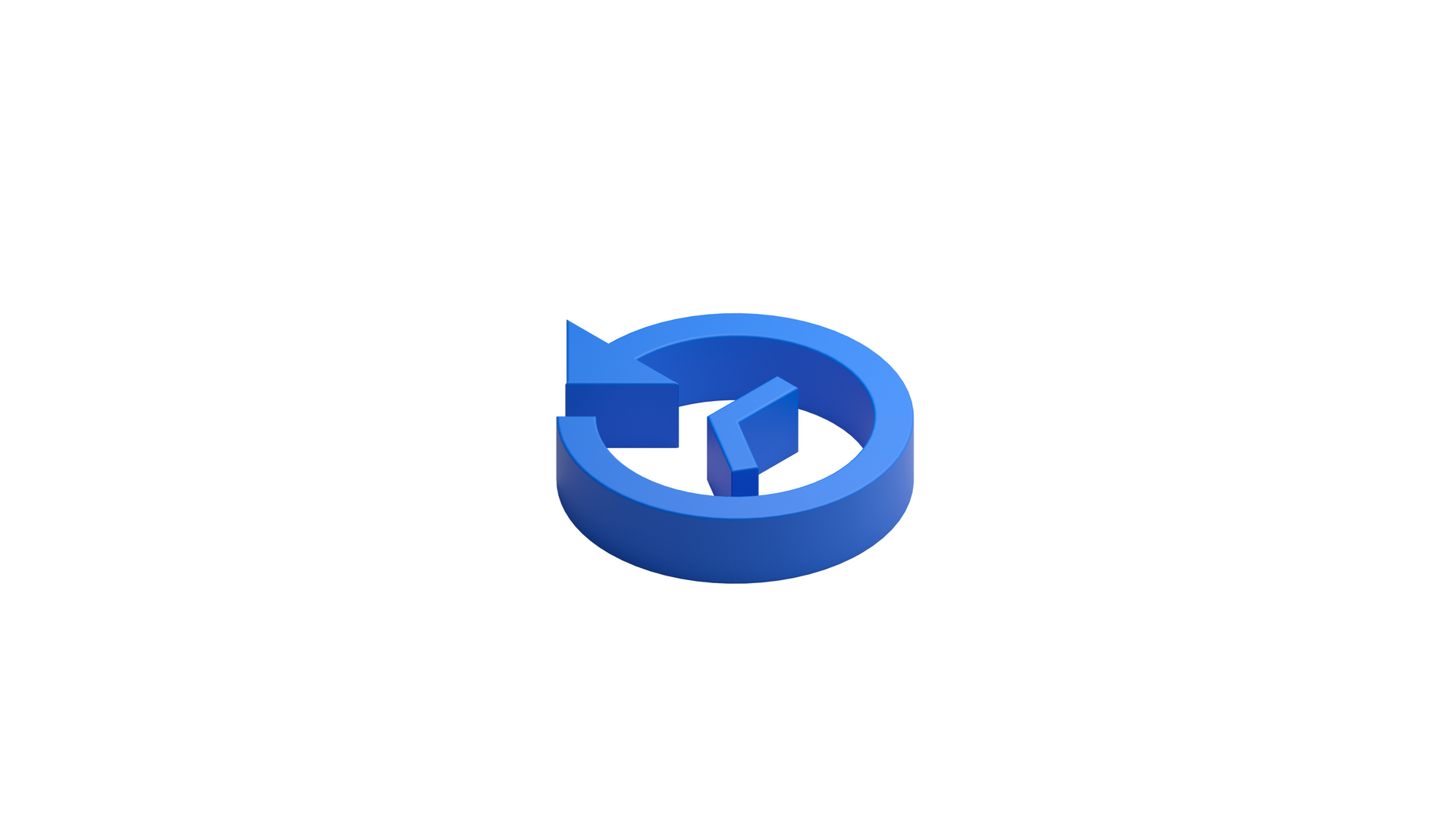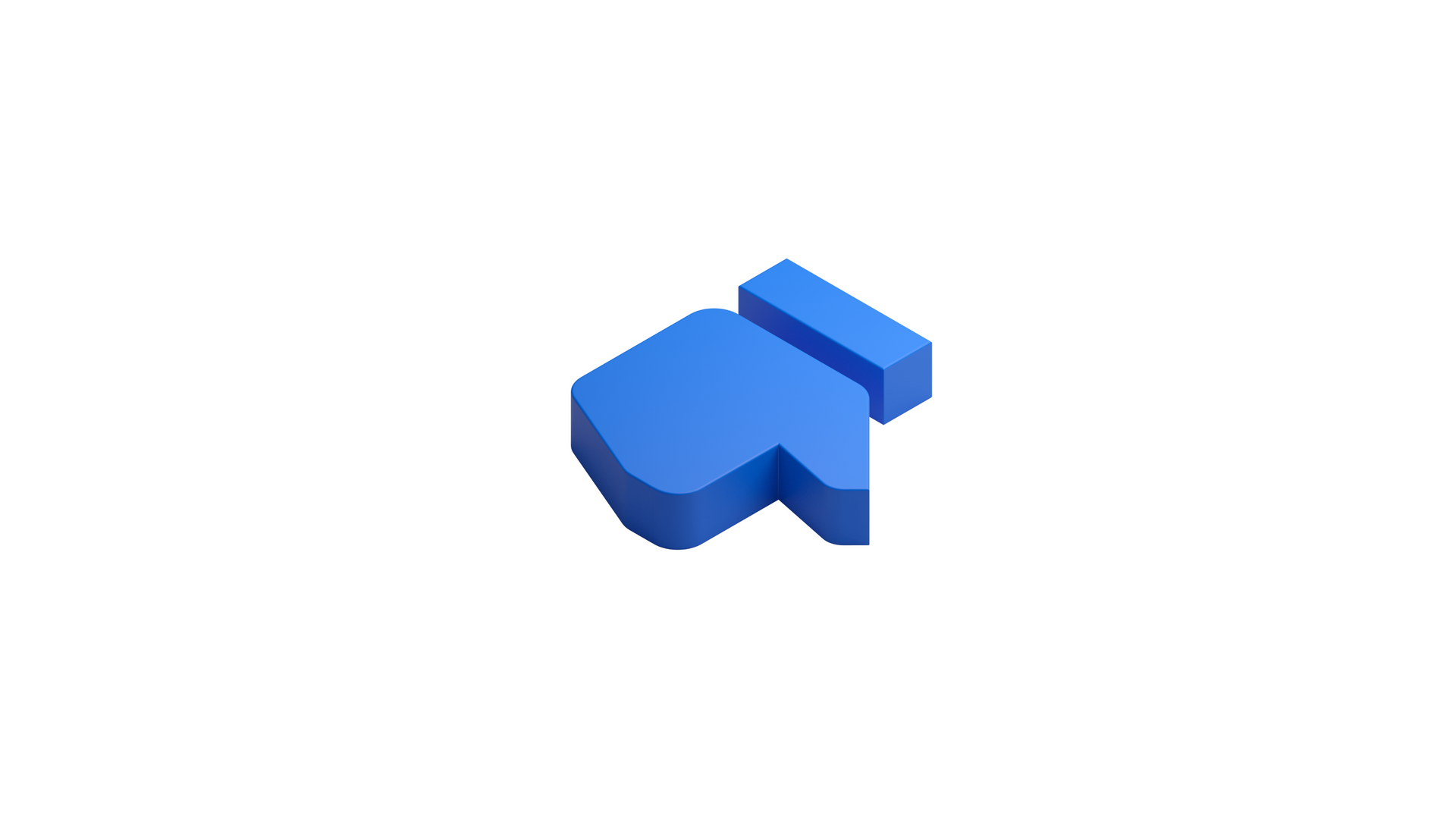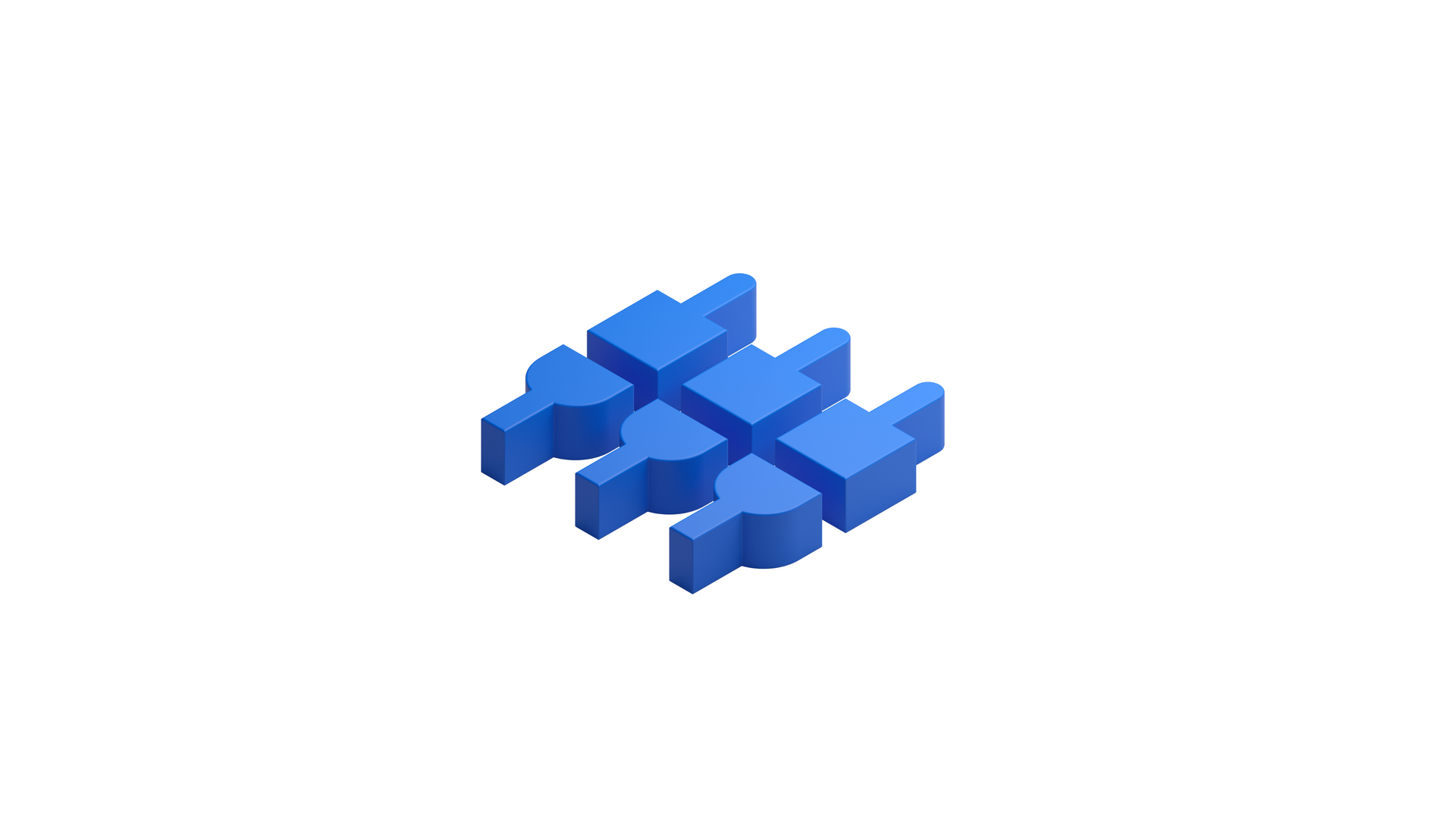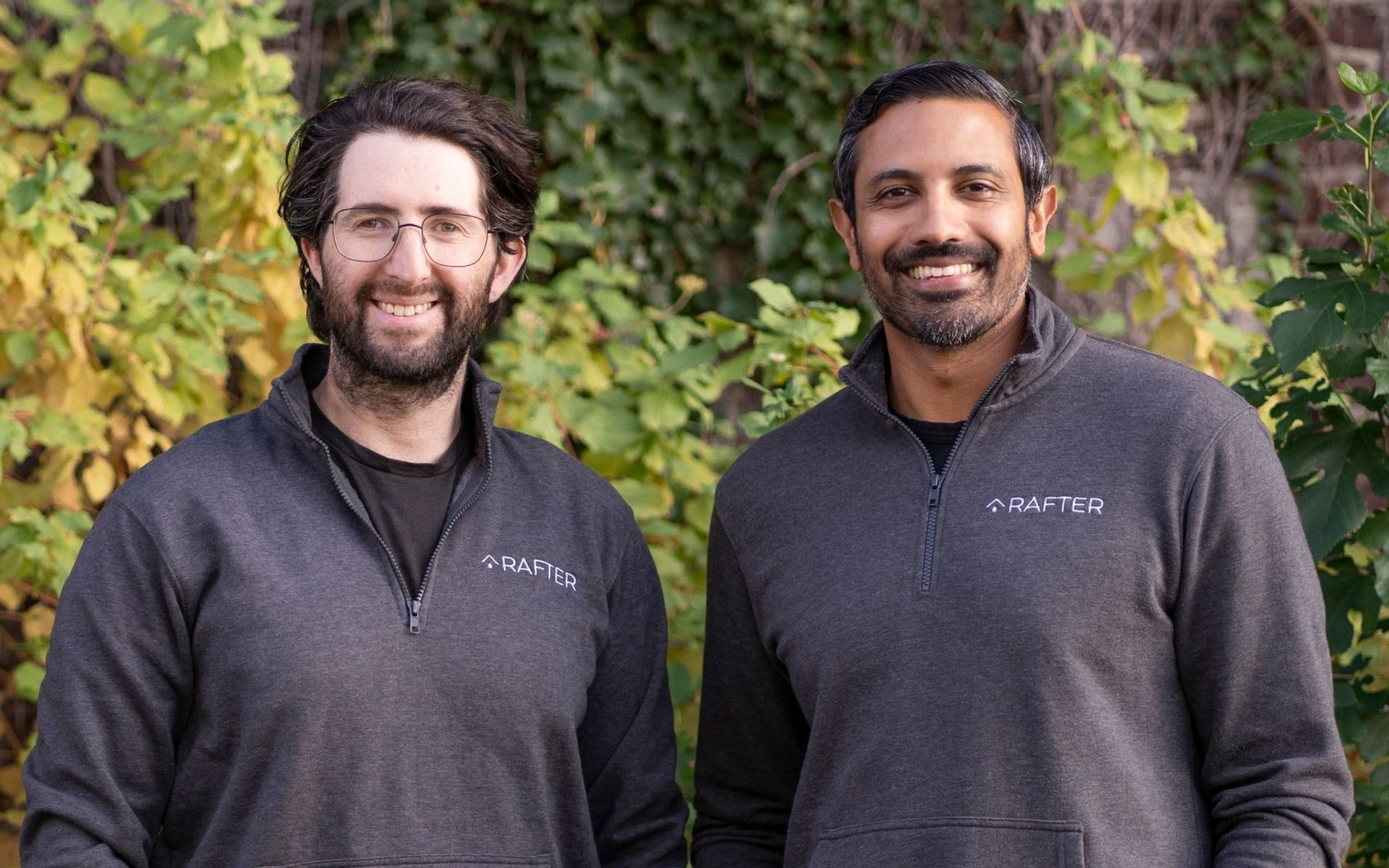The $10K Leak: Why Water Damage Still Dominates Residential Claims
Water damage is one of the most common and costly types of residential insurance claims. It often starts small—a loose fitting fixture, a slow drip out of a supply line hose—but left undetected, it can quickly spiral into thousands of dollars in repairs, weeks of disruption, and stress for the policyholder.
Yet not every water damage story ends in a claim. Sometimes, a timely intervention changes the outcome entirely.
A Leak That Never Became a Claim
During a routine Rafter self-assessment, a small puddle under a member’s refrigerator revealed that the water supply line was actively leaking. It was a small, steady flow—just enough to saturate the floor over time. Had it continued unnoticed, it could have warped hardwood, damaged cabinetry, and led to mold growth, pushing repair costs much higher.
Instead, the issue was spotted early. The homeowner was immediately connected to a trusted specialist who fixed the problem the same day. No damage, no claim, no disruption. The homeowner avoided stress and expense, while the insurer benefited from avoided costs.

When the Same Leak Goes Unnoticed
Now imagine a similar situation where no one is there to catch the problem. The slow leak continues for weeks. The water seeps under the flooring, damaging the subfloor and base cabinets. Mold begins to develop, and the homeowner finally discovers the problem only after visible damage appears.
By the time the claim is filed, remediation and reconstruction costs can easily exceed $10,000. The kitchen is unusable for weeks. For the insurer, it highlights an opportunity to strengthen trust—if homeowners receive timely support and guidance, disruption, expense, and frustration can be reduced.
Why Water Damage Keeps Happening
Water damage remains one of the most frequent residential claims because many causes are hidden, gradual, and difficult to detect. Flexible hoses under sinks, aging water heaters, clogged condensate lines, and unsealed window frames are just a few of the potential failure points. Even vigilant homeowners can miss them without training or regular inspections.
And because water spreads quickly, what begins as a minor repair can escalate into a full restoration job with flooring, drywall, cabinetry, and sometimes even structural work.
Breaking the Cycle
The good news is that many water damage claims are preventable. For insurers, prevention starts with visibility and proactive engagement. Some practical steps include:
- Offering annual or semi-annual home assessments focused on water risk points.
- Supporting adoption of smart home programs such as leak detection devices.
- Partnering with service providers who can respond quickly to small leaks before they spread.
- Educating policyholders on high-risk areas they can check themselves.
The goal is to intervene before damage occurs—turning what could become large, disruptive claims into quick, inexpensive fixes.
The Win-Win Outcome
For policyholders, early intervention means less stress, fewer disruptions, and a stronger sense that their insurer is looking out for them. For insurers, it means lower loss ratios and improved retention through positive, trust-building experiences.
Water will always find a way—but with the right approach, insurers and homeowners can work together to keep it from becoming a costly claim.
Interested in learning more?
Sign up for our newsletter, and we'll keep you up-to-date on our progress.







Smarter Service, Stronger Relationships: How Insurers Can Deepen Policyholder Trust and Risk Insight


